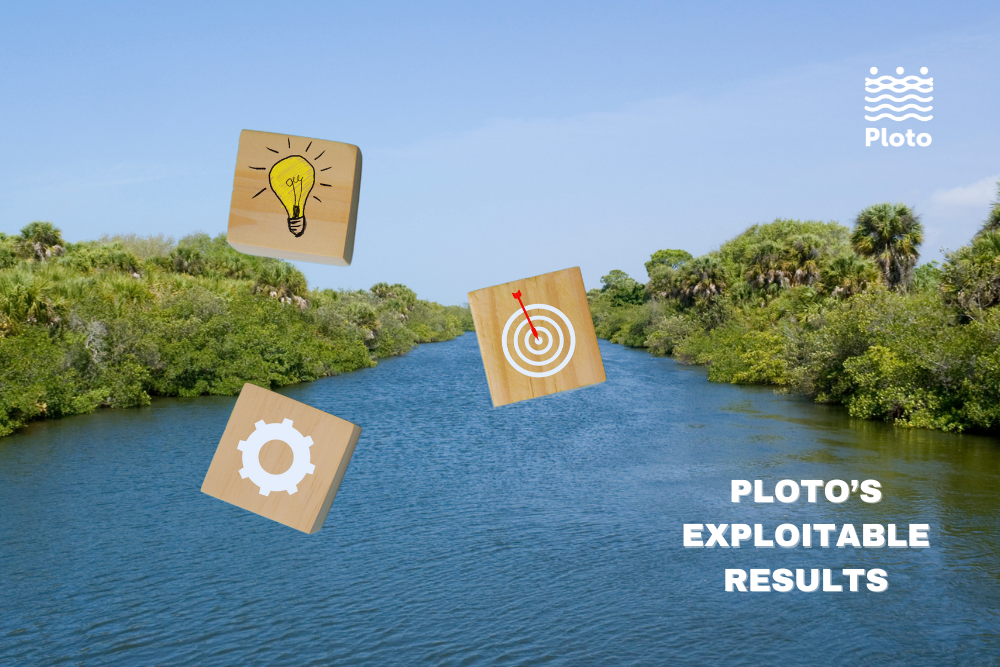PLOTO aims to improve the resilience of Inland WaterWays (IWW) and associated hinterland infrastructure against weather hazard, climate change effects, flooding, and seismic hazard. Part of the work that SoReCC is carrying out within PLOTO is to go one step beyond the computation of physical damages, namely to connect the direct (e.g., damage to premises and infrastructure) damages to the indirect (e.g., business interruptions, availability of supplies) ones. To do so, a software for assessing the socioeconomic impact is developed that employs an aggregation methodology to calculate the cascading failures and business interruptions after a hazard event. The socioeconomic model incorporates three main steps. At first, a business taxonomy approach for the region under investigation is defined and exploited for classifying the individual businesses under operation (mesoeconomic approach). Then, a performance index is assigned to each business sector in order to quantify the indirect losses of a catastrophic event; the index is defined as the ratio between the typically reduced Gross Added Value (GVA) after the event over the GVA under ordinary conditions. Finally, the failure consequences are propagated forward and backward in each business sector, accounting for the physical damage of the infrastructure and using appropriate Vendor Dependency Tables per sector; VDTs are developed to evaluate the dependency of an organisation to its vendors. In conclusion, the socioeconomic model allows a quantitative assessment of the impact (losses in monetary terms) of multiple natural hazards on IWW and hinterland infrastructure, and the surrounding communities.
Written by Dimitrios Tsarpalis and Vasileios E. Melissianos, SoReCC (Societal Resilience & Climate Change)




